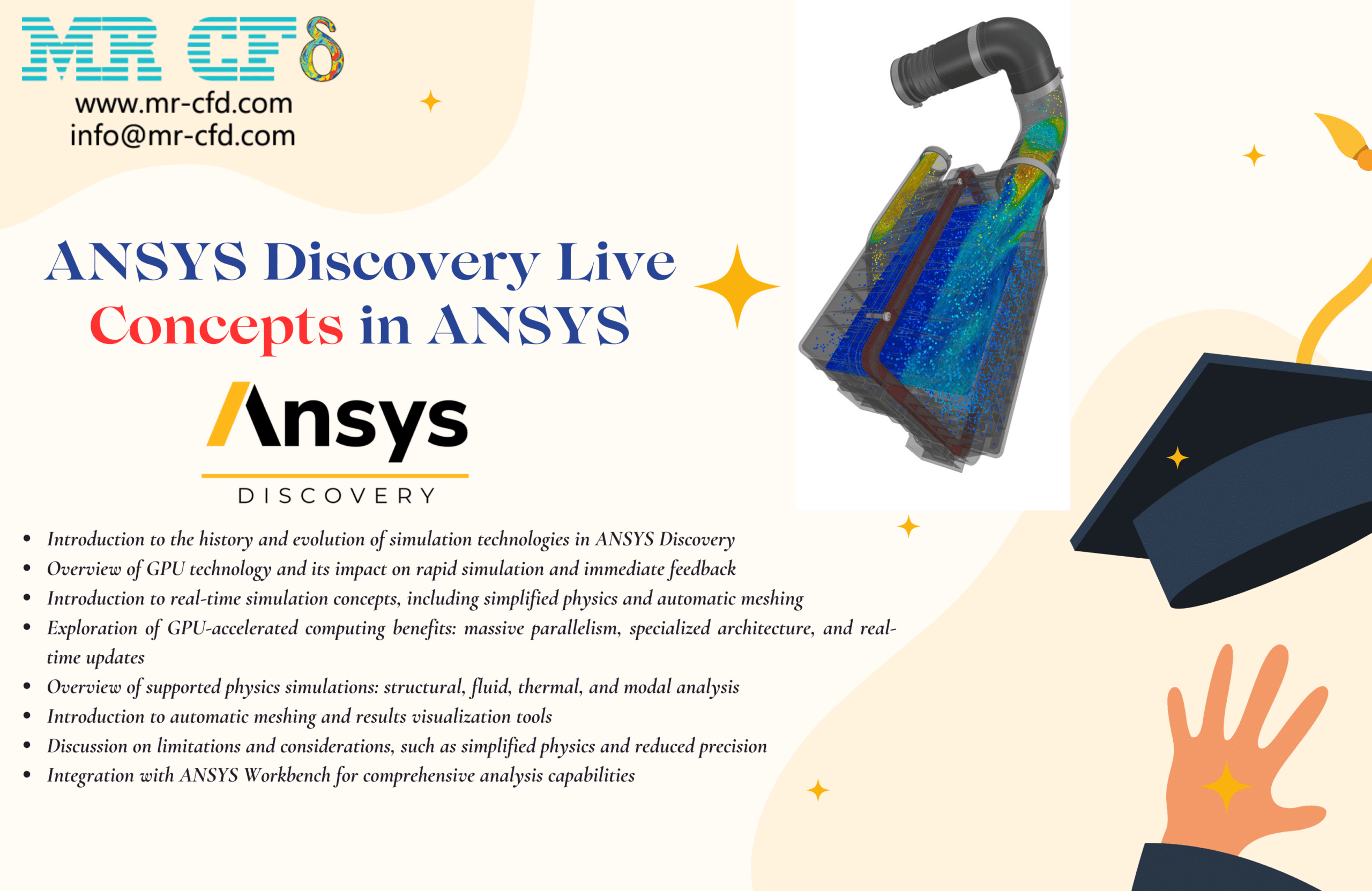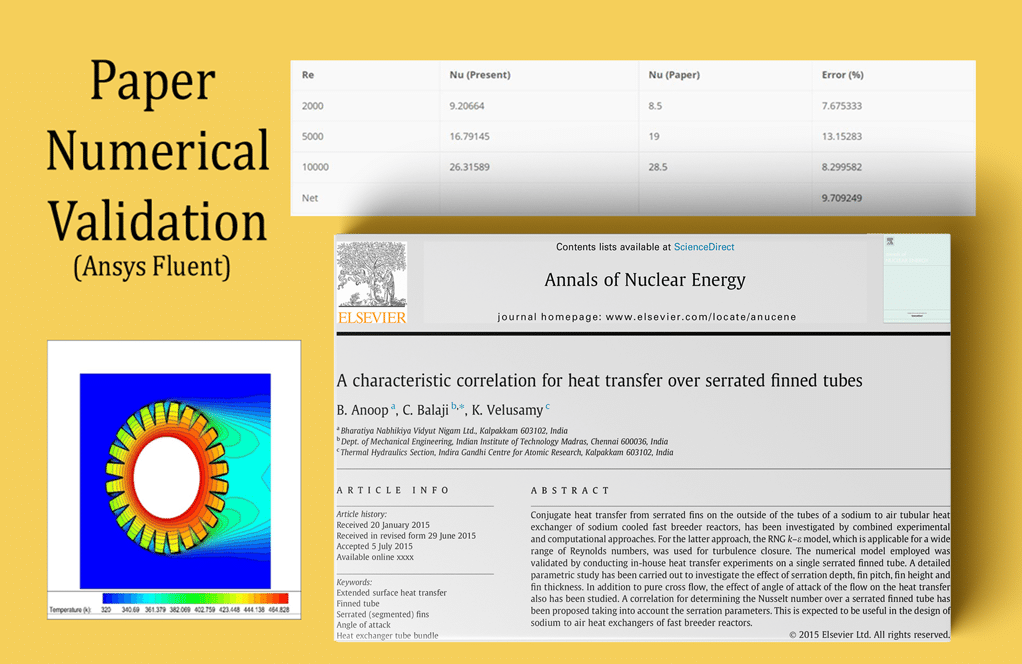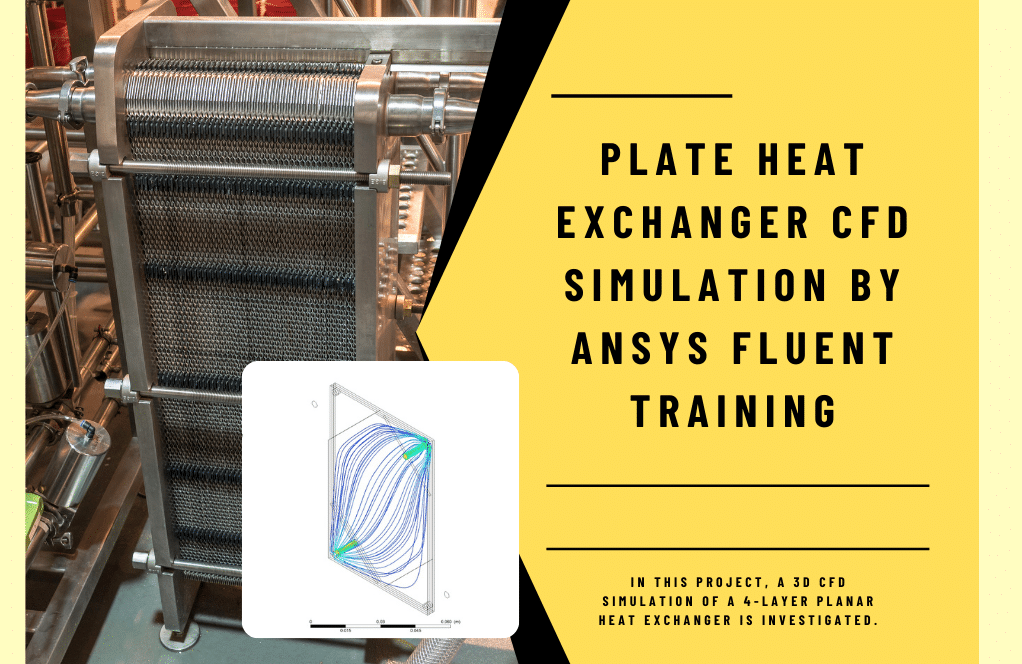ANSYS Discovery Live Concepts
Free
- Introduction to the history and evolution of simulation technologies in ANSYS Discovery
- Overview of GPU technology and its impact on rapid simulation and immediate feedback
- Introduction to real-time simulation concepts, including simplified physics and automatic meshing
- Exploration of GPU-accelerated computing benefits: massive parallelism, specialized architecture, and real-time updates
- Overview of supported physics simulations: structural, fluid, thermal, and modal analysis
- Introduction to automatic meshing and results visualization tools
- Discussion on limitations and considerations, such as simplified physics and reduced precision
- Integration with ANSYS Workbench for comprehensive analysis capabilities
To Order Your Project or benefit from a CFD consultation, contact our experts via email (info@mr-cfd.com), online support tab, or WhatsApp at +44 7443 197273.
There are some Free Products to check our service quality.
If you want the training video in another language instead of English, ask it via info@mr-cfd.com after you buy the product.
Description
Introduction
The Training Course focused on ANSYS Discovery, a powerful tool designed to accelerate the simulation process through real-time capabilities and GPU technology. The session began with an introduction to the history of simulation, highlighting the traditionally time-consuming nature of the process. The advent of GPU technology has revolutionized this field by enabling rapid simulations and providing immediate feedback to engineers and designers.
Purpose of ANSYS Discovery
The primary purpose of ANSYS Discovery is to facilitate rapid simulations and provide immediate feedback, allowing users to explore design ideas quickly and efficiently. This capability is particularly beneficial in the early stages of product development, where iterative testing and refinement are crucial.
Real-Time Simulation Concepts
ANSYS Discovery leverages several key concepts to deliver real-time simulation:
Graphics Processing Unit (GPU): Utilizes the parallel processing power of GPUs to perform complex calculations efficiently.
Simplified Physics: Employs simplified physics models to provide quick insights without the need for detailed, time-consuming analysis.
Automatic Meshing: Automatically generates meshes, reducing the setup time and allowing users to focus on design exploration.
Smart Algorithms: Implements advanced algorithms to optimize simulation accuracy and speed.
GPU-Accelerated Computing
GPU-accelerated computing is a cornerstone of ANSYS Discovery, offering several benefits:
Massive Parallelism: GPUs can handle thousands of threads simultaneously, significantly speeding up computations.
Specialized Architecture: Designed to handle specific types of calculations more efficiently than traditional CPUs.
Optimized Algorithms: Tailored algorithms that take full advantage of GPU architecture to enhance performance.
Real-time Updates: Provides real-time updates on simulation results, enhancing speed, productivity, cost-effectiveness, energy efficiency, and future-proofing of design processes.
Supported Physics
ANSYS Discovery supports a range of physics simulations, including:
Structural Analysis: Evaluates the structural integrity of components.
Fluid Analysis: Analyzes fluid flow and dynamics.
Thermal Analysis: Assesses heat transfer and thermal properties.
Modal Analysis: Examines vibration modes and frequencies.
Mesh Generation
The tool features automatic meshing capabilities, streamlining the simulation setup process by generating appropriate mesh structures without manual intervention. This feature is vital for maintaining efficiency and accuracy in simulations.
Results Visualization
ANSYS Discovery provides powerful visualization tools to interpret simulation results effectively. These tools help users understand complex data and make informed decisions based on simulation outcomes.
Limitations & Considerations
While ANSYS Discovery offers many advantages, it also has some limitations and considerations:
Simplified Physics: The use of simplified models may not capture all the nuances of complex systems.
Reduced Precision: Real-time simulations might sacrifice some precision for speed.
Mesh Resolution: Automatic meshing might not always achieve the desired resolution for highly detailed analyses.
Limited Physics: Not all physical phenomena can be simulated due to the simplified nature of the tool.
Integration with ANSYS Workbench
ANSYS Discovery can be seamlessly integrated with ANSYS Workbench, allowing users to transition from rapid prototyping and initial design exploration to more detailed and comprehensive analyses. This integration supports various ANSYS modules, including:
Mechanical: For in-depth structural simulations.
Fluent: For advanced fluid dynamics and thermal simulations.
HFSS: For high-frequency electromagnetic simulations.
Conclusion
The learning session on ANSYS Discovery highlighted its potential to transform the simulation landscape through real-time capabilities and GPU acceleration. By providing immediate feedback and supporting a range of physics simulations, ANSYS Discovery enables engineers and designers to make faster, more informed decisions. While there are limitations to consider, such as simplified physics and reduced precision, the tool’s integration with ANSYS Workbench ensures that users can perform detailed analyses when necessary. Overall, ANSYS Discovery represents a significant advancement in simulation technology, offering a balance between speed and accuracy to meet the demands of modern engineering challenges.




Reviews
There are no reviews yet.